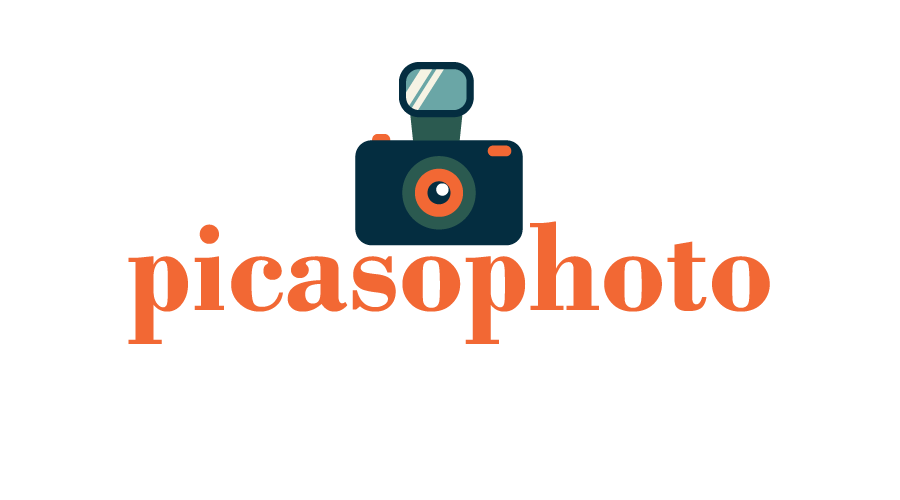In the eCommerce industry, first impressions are everything, product photography is very necessary to attract target customers’. Compelling visuals aren’t just a luxury; they’re the silent salesperson that entices customers, drives sales, and ultimately defines your brand’s success. But capturing truly captivating clothing photos requires more than just pointing and clicking. This comprehensive guide delves into the best practices for clothing photography, equipping you with the knowledge and techniques to elevate your product images, build trust with your customers, and watch your online sales soar.
This blog post delves into the best practices for clothing photography, equipping you with the knowledge and techniques to elevate your product images and achieve eCommerce success.
- Setting the Stage: Creating an Effective Photography Setup
A well-equipped photography setup forms the foundation for capturing stunning clothing photos. Here’s what you need to consider:
- Lighting: Lighting is paramount. Invest in continuous lighting sources like softboxes or umbrellas to achieve even, diffused light that minimizes harsh shadows. Natural light can also work well, but ensure consistent lighting throughout the shoot.
- Backdrop: Opt for a clean, solid-color backdrop that complements the clothing and doesn’t compete for attention. White, grey, or black backdrops are popular choices, offering versatility and allowing the clothing to be the star of the show.
- Camera Equipment: While a high-end DSLR camera isn’t mandatory, a camera with manual settings allows for greater control over aperture, shutter speed, and ISO. A tripod is essential for ensuring sharp, stable images.
- Showcasing the Details: Techniques for Highlighting Clothing Features
Don’t just capture the overall garment; highlight the intricate details that make your clothing unique. Utilize close-up shots to showcase:
- Fabric Texture: Capture the richness and texture of fabrics like silk, velvet, or denim through close-up shots that reveal the weave and texture.
- Stitching and Construction: Highlight the quality of craftsmanship by showcasing neat stitching, seams, and embellishments.
- Unique Details: Focus on any special features like embroidery, prints, or embellishments that set your clothing apart.
Angles and lighting play a crucial role in emphasizing these details. Experiment with different angles and lighting setups to find the most flattering presentation for each garment.
- Styling and Presentation: Creating Appealing Outfit Combinations
Clothing rarely exists in isolation. Showcase the versatility of your garments by creating visually appealing outfit combinations. Consider:
- Accessories: Elevate outfits with complementary accessories like jewelry, scarves, or belts.
- Layering: Demonstrate how garments can be layered for different looks and seasons.
- Color Coordination: Use a color palette that is cohesive and visually pleasing.
Styling helps potential customers envision how they can incorporate your clothing into their own wardrobe, increasing the perceived value and desirability of your products.
- Fit and Sizing: Communicating Size and Fit Information Clearly
Accurate size and fit information are crucial for reducing returns and ensuring customer satisfaction. Utilize:
- Models or Mannequins: Showcase clothing on models or mannequins that represent your target audience to provide a realistic sense of fit.
- Multiple Angles: Capture clothing from various angles, including front, back, and side views, to give customers a comprehensive understanding of the fit.
- Size Charts: Provide clear and detailed size charts that accurately reflect the garment’s measurements.
By clearly communicating fit information, you build trust with your customers and minimize the risk of sizing-related issues.
- Consistency is Key: Maintaining Visual Cohesion Across Product Photos
Maintaining a consistent visual style across all your product photos creates a professional and polished look for your brand. Here’s how:
- Style Guide: Develop a style guide that defines your preferred lighting, background, editing style, and overall aesthetic.
- Standardized Templates: Utilize templates for positioning and composition to ensure visual consistency across all product photos.
Consistency builds brand recognition and creates a sense of trust and professionalism, ultimately enhancing the customer experience.
- Editing and Post-Processing: Enhancing Clothing Photos Professionally
Basic editing and post-processing techniques can significantly elevate your clothing photos:
- Color Correction: Ensure accurate color representation that reflects the true colors of the garments.
- Exposure Adjustment: Adjust exposure to achieve balanced lighting and eliminate unwanted shadows or highlights.
- Background Removal: Remove the background from your photos to create a clean and professional look.
Remember, the goal of editing is to enhance the natural beauty of the clothing, not to create a misleading representation.
Conclusion
By implementing these best practices for clothing photography, you can capture high-quality product images that effectively showcase your garments, build trust with your customers, and ultimately drive sales and success in your eCommerce business. Remember, compelling visuals are your silent salesperson, so invest the time and effort to create clothing photography that truly shines.


